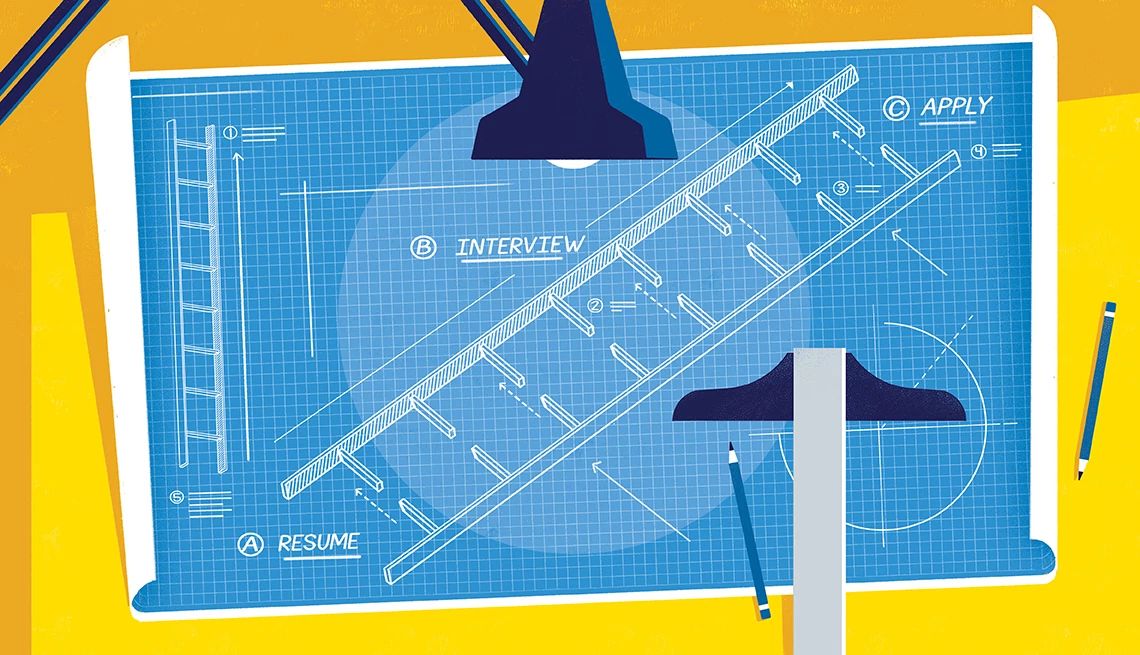AARP Hearing Center


On his iconic 1990s sitcom, Jerry Seinfeld told George Costanza that his pal’s overstuffed wallet was “morbidly obese” and like a “filing cabinet” under half of his fanny. Costanza responded that his famously fat billfold was “an organizer, a secretary and a friend.”
If these exchanges took place today, Costanza might be referring to his smartphone.
The physical wallet isn’t dead yet, not by a long shot. But the smartphone is steadily usurping the reasons for carrying it.
Some people are finding it much simpler to reach into their pockets for an iPhone or Android handset when buying stuff in stores and tapping to pay at the terminal. Or using a smartwatch to pay. For them, pulling out a wallet to grab cash or a credit card is so, well, 1990s.
While any discussion of a digital wallet is understandably centered around the relative ease of making mobile payments, the fact that you can also use the phone as a repository for all the printed stuff that once fattened your own Costanza-thick wallet — potentially eliminating the unseemly bulge in your pants pocket or freeing up space in your purse — is an added benefit. It’s not just dollar bills but coupons, COVID-19 vaccination proof, insurance and medical information, receipts, snapshots, stores’ loyalty cards, student IDs, transit passes and, soon, driver's licenses and state IDs.
Use your digital wallet to pay
Paying by phone is becoming increasingly popular, but not everyone is buying in. Smartphone users in the United States who make at least one mobile payment transaction in a store over a six-month period will grow from 101.2 million, or 36.4 percent of the population, in 2021 to a projected 125 million (43.7 percent) in 2025, according to Insider Intelligence market research firm.
Millennials and the Gen Z crowd make up the majority of these users, but during the same stretch the boomer segment is projected to grow from 8.8 million to 10.2 million.
Merchant acceptance is on the rise, too. In the U.S., Apple’s Apple Pay system is accepted at more than 9 of 10 physical store locations that can handle near-field communication (NFC) payments, the industry standard technology protocol designed to work only between short distances — in other words, between phone and payment terminal. That’s the same technology that allows you to tap some chip-embedded credit cards on top of payment terminals instead of inserting them.
Learn more live and online
AARP’s free online classes can help you learn more about your smartphone, its capabilities and its apps.
• Senior Planet from AARP has live courses that can help you choose and use the best phone for you.
• AARP’s Virtual Community Center has a Tech Help area with interactive events that include smartphone use.
The Google Pay system is also accepted everywhere there’s NFC in the U.S. Google says more than 150 million people in 42 global markets countries are using Google Pay every month.
You’ll still encounter restaurants, gas stations and mom-and-pop establishments that won’t accept mobile payments or in some cases anything but cash. It’s a major reason why consumers otherwise willing to use their phones to transact won’t ditch their wallets completely.
Reluctance remains a factor
There’s other resistance. Deeply entrenched habits die hard, and persuading people who’ve been pulling cash or plastic cards out of wallets their entire lives to do something different isn’t easy. Security is also top of mind for consumers.

































































More on home-family
6 Tips to Help You Organize Your Apps
Take command of the digital clutter on your smartphone
Your Smartphone Can Also Be Your Universal Remote
Turn on lights, lock doors in the palm of your handiPhone or Android: Which Should You Buy?
You have two choices in smartphone operating systems. We compare them